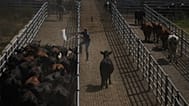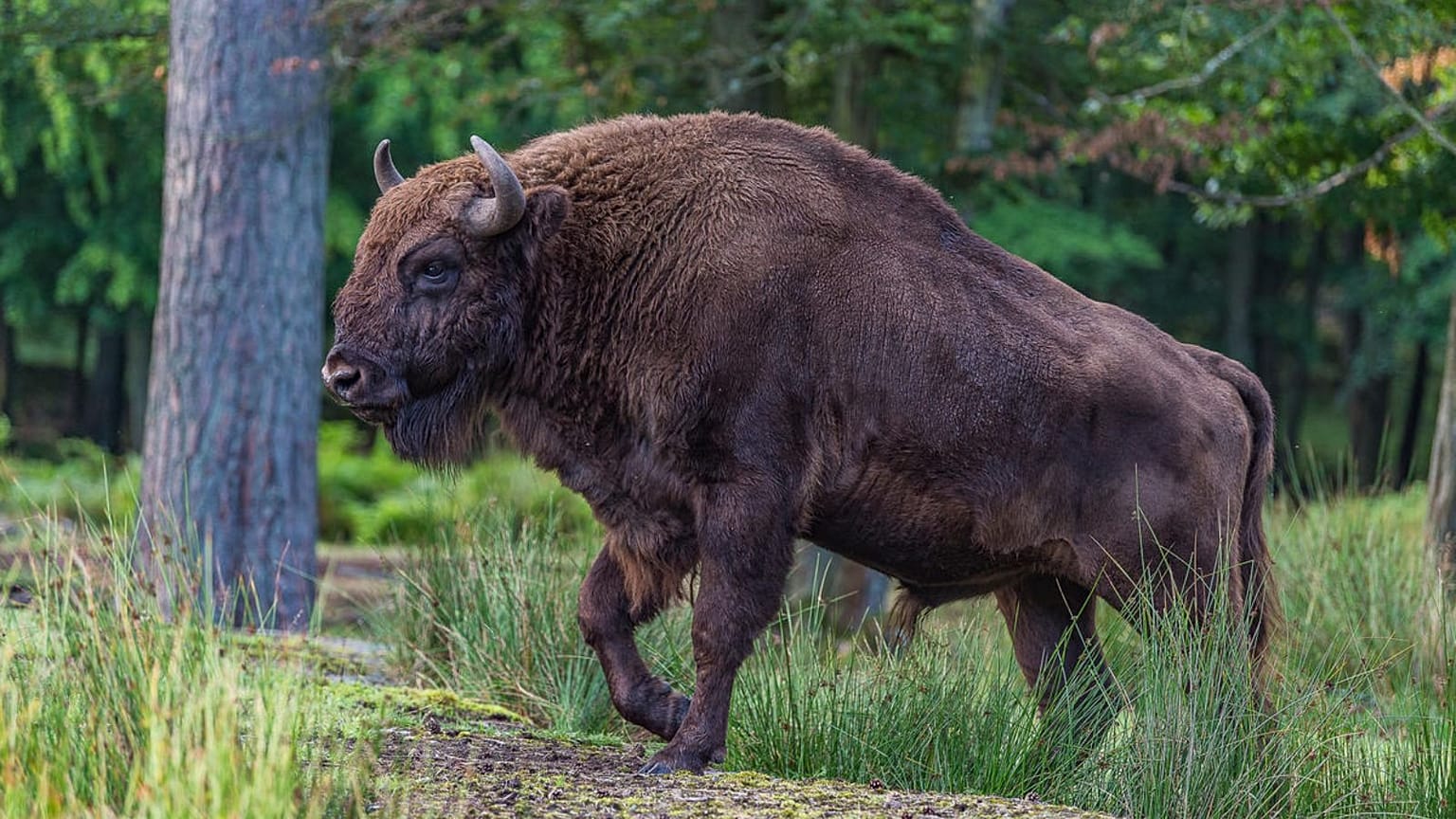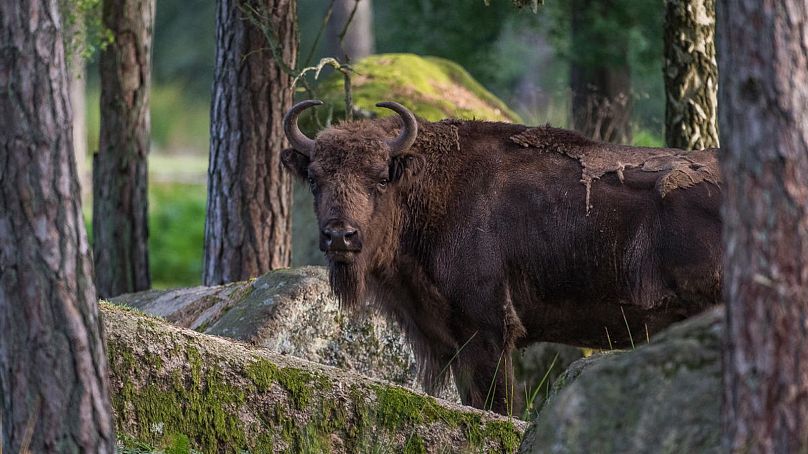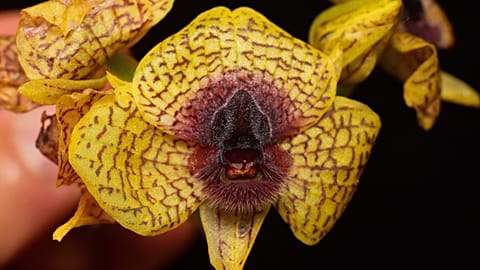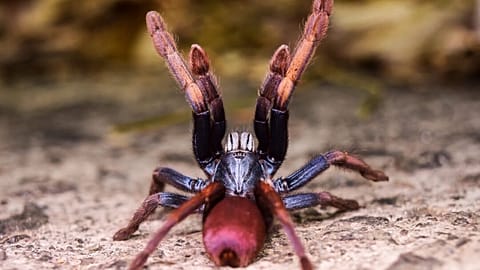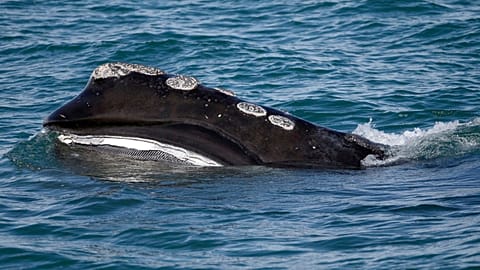WWF is fundraising to transport Europe’s largest herbivore 300km around Kyiv to ensure the herd has a future.
Bison in a national park east of Kyiv are at risk of dying out unless a male can be sent their way.
The female herd in Zalissia National Nature Park lost all their males after Russia’s full-scale invasion of Ukraine began two years ago.
Now WWF is fundraising to cover the costs of transporting a hairy bison suitor from the Vinnytsia region west of Kyiv.
“Relocating any animal, even a domestic one, requires careful preparation and time. Relocating Europe's largest land animal will require a year of coordinated action and an initial €10,000,” says Dr Bohdan Vykhor, CEO of WWF Ukraine. “The bison need our help.”
How many bison are left in Europe?
European bison were almost wiped out by rampant hunting in the 17th to 19th centuries.
By 1900, there were only two populations left in the wild; one in the Białowieża Forest bordering Belarus and Poland, and one in the western Caucasus mountains running along Russia’s southern border with Georgia.
Both herds were wiped out by 1927, according to the International Union for Conservation of Nature (IUCN), with the species clinging to survival in a few European zoos.
But successful reintroductions have helped these majestic animals make a comeback in Europe’s natural forest landscapes, where they contribute to healthy and diverse ecosystems.
European bison are now free-ranging in Poland, Lithuania, Russia, Ukraine and Slovakia, and their population has increased to around 7,000.
Białowieża is back to being a stronghold for Europe’s biggest herbivore, with some 1,000 bison roaming the primaeval forest. It’s from here that eight animals were translocated to Zalissia National Nature Park in 1967.
Ukraine’s bison herds have suffered under Russia’s invasion
The Zalissia subpopulation is one of seven in Ukraine, and had 21 adults before the war broke out. There are around 400 bison in total across the country.
Russia’s full-scale invasion of Ukraine in February 2022 has brought new threats to the wild animals at a time when they were regaining a foothold on the land.
Their home, along with the adjacent villages, was an area of intense fighting in the first months of the war.
In March 2022, a significant portion of the 148 square kilometre fenced area of the reserve was destroyed. All four adult male bison were killed, says WWF’s Central and Eastern Europe (CEE) arm.
According to the European Wilderness Society, bison are very vulnerable and “helpless in terms of saving their lives under rocket fire” due to their lumbering size and reactive behaviours. Large mammals like bison are also under threat from land mines.
‘300 km to love and saving bison’
WWF’s mission, announced on Valentine’s Day, is to find mates for the endangered female herd in Zalissia.
Two male bison from the Vinnytsia region west of Kyiv can save the herd, the wildlife experts say. But for them to do this, the animals have to travel roughly 300 km around Kyiv - a difficult journey that they cannot do alone.
WWF Ukraine is working on obtaining a permit from the Ministry of Environmental Protection and Natural Resources of Ukraine before the work can begin, as bison are in Ukraine’s ‘Red Book’ of threatened species.
The charity is planning to translocate the bison by September, in collaboration with scientists who will choose the males and the method of capture. Vets are also needed to monitor the animals, construct cages and stock up on food, which all comes at a cost.
But with donors’ help, they’re hoping to deliver the answer to the herd’s prayers by December.
Why are bison so valuable for the environment?
“The European bison is one of the most threatened large mammals in the world, and it is protected at the European level. WWF is working to reintroduce bison in the region,” says Irene Lucius, regional conservation director for WWF CEE.
“After a long absence, this can not only revive populations of this threatened species but also enrich and restore remaining wild landscapes in Europe.”
While browsing in search of food, bison help create a mosaic of forested areas and grasslands - a landscape highly valued for its biodiversity and resilience in the face of climate change.
Bison can also help other animals on their rewilding journeys. If their habitat is actively preserved, bison can maintain ecological corridors on a large scale - aiding the migration of large carnivores like brown bears, wolves and lynx.

